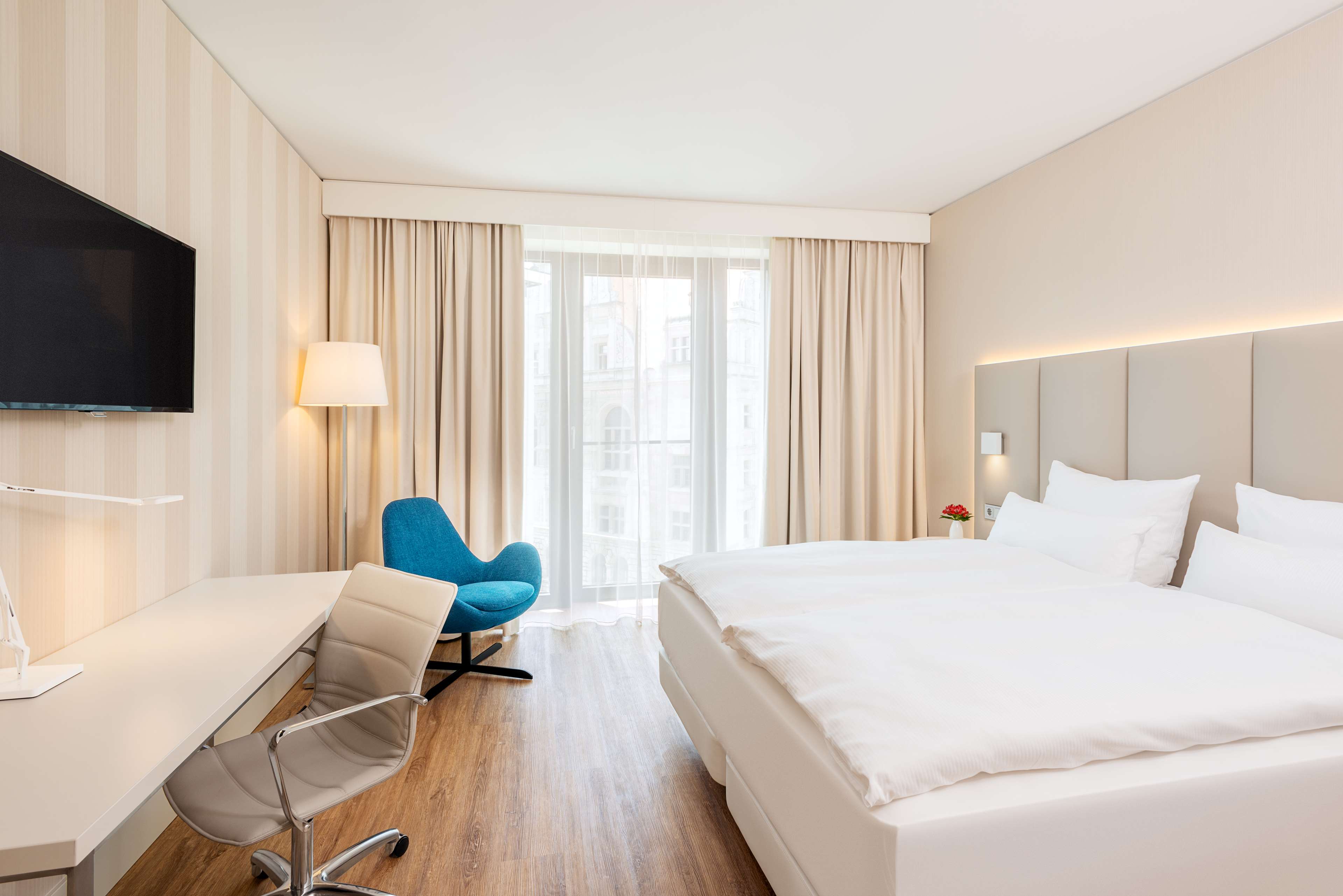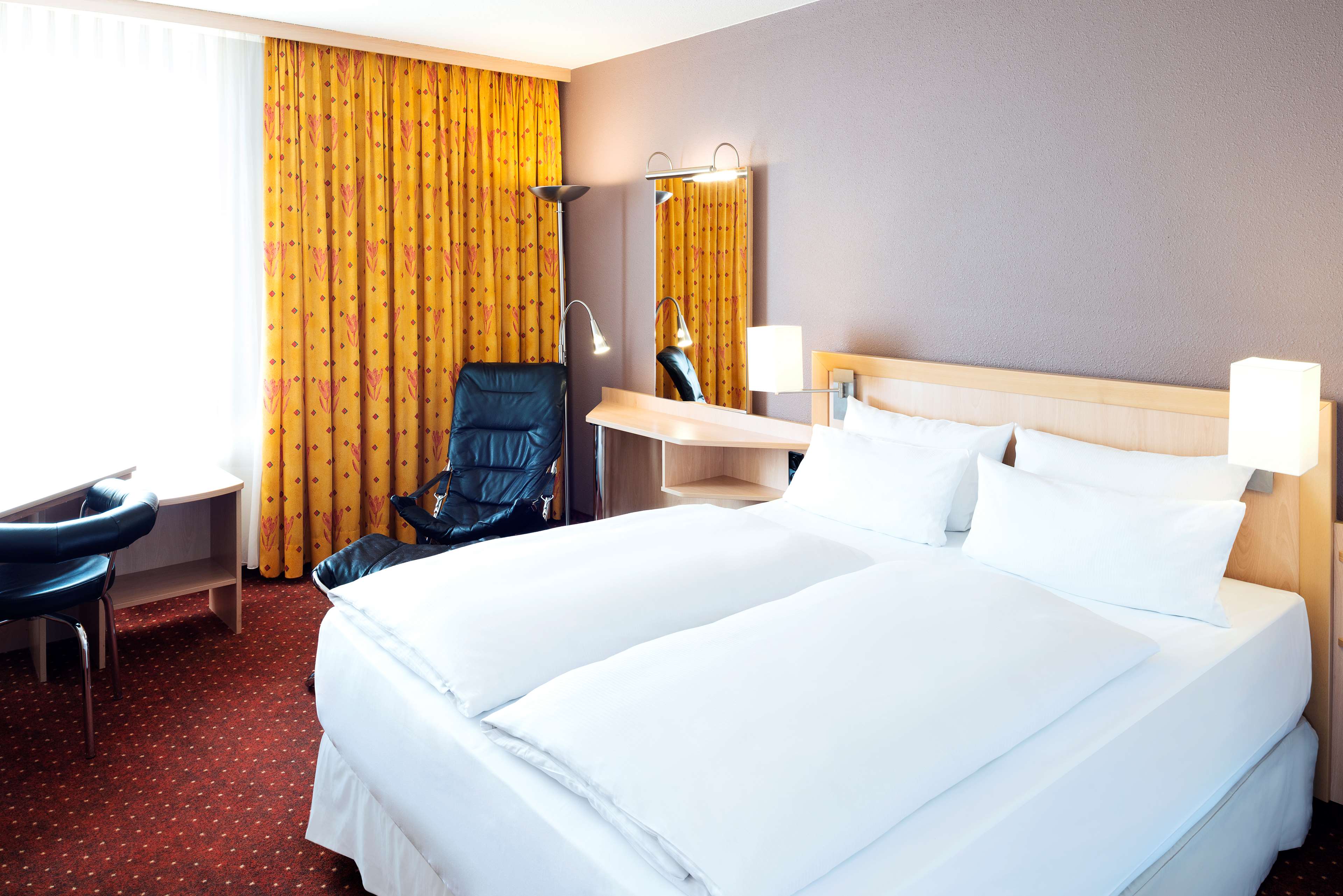Leipzig, a vibrant city in eastern Germany, seamlessly blends its rich history with a dynamic contemporary culture. Known for its significant role in music, trade, and the peaceful revolution that led to the fall of the Berlin Wall, Leipzig offers an enriching travel experience filled with historical sites, cultural activities, and modern attractions.
Getting There
Leipzig is well-connected by air, rail, and road. The Leipzig/Halle Airport serves international and domestic flights, while the central railway station, Leipzig Hauptbahnhof, is a major hub for regional and long-distance trains. Highways and bus services provide additional options for reaching the city.
Historical Highlights
St. Thomas Church (Thomaskirche):
This Gothic church is where Johann Sebastian Bach worked as a cantor and is his final resting place. Visitors can attend services or concerts and explore the Bach Museum nearby.
St. Nicholas Church (Nikolaikirche):
Known for its stunning interior and pivotal role in the peaceful protests of 1989, this church is a symbol of Leipzig's contribution to German reunification.
Old Town Hall (Altes Rathaus):
Located in the heart of the city, this Renaissance building houses the Museum of City History, offering insights into Leipzig's past from medieval times to the present.
Cultural Experiences
Leipzig Opera House:
One of Germany’s oldest opera houses, it stages world-class performances of opera, ballet, and classical music.
Gewandhaus Orchestra:
Renowned for its exceptional acoustics and rich musical heritage, attending a concert here is a must for music enthusiasts.
Spinnerei:
A former cotton mill turned cultural hub, Spinnerei hosts galleries, artist studios, and creative spaces, showcasing contemporary art and innovative exhibitions.
Modern Attractions
Zoo Leipzig:
One of the most modern and extensive zoos in Europe, it features themed areas like Gondwanaland, which recreates tropical rainforests.
Panorama Tower:
For panoramic views of the city, the observation deck of this skyscraper offers stunning vistas, especially at sunset.
Karl Heine Canal:
A picturesque waterway perfect for boat tours or kayaking, allowing visitors to see the city from a unique perspective.
Culinary Delights
Auerbachs Keller:
One of Leipzig’s oldest and most famous restaurants, it was frequented by Goethe and is mentioned in his play "Faust." The traditional Saxon cuisine here is a treat.
Coffee Baum:
One of Europe’s oldest coffee houses, serving a variety of coffees and pastries, along with a small museum dedicated to the history of coffee.
Karli (Karl-Liebknecht-Straße):
This lively street is lined with cafes, bars, and restaurants, offering a range of international cuisines and local specialties.
Day Trips
Leipzig Neuseenland:
A region of artificial lakes created from former open-cast mines, ideal for water sports, cycling, and hiking.
Colditz Castle:
Located about an hour from Leipzig, this historic castle is famous for its role as a POW camp during World War II and offers guided tours recounting its intriguing history.
Practical Tips
Best Time to Visit: Spring and autumn offer pleasant weather and vibrant city life, while summer is great for outdoor activities.
Getting Around: Leipzig has an efficient public transportation system, including trams, buses, and rental bikes. The city center is also very walkable.
Language: German is the official language, but English is widely understood in tourist areas.
Conclusion
Leipzig is a city of contrasts, where historical depth meets modern innovation. Its rich musical heritage, vibrant arts scene, and historical significance make it a compelling destination for travelers seeking a blend of culture, history, and contemporary charm. Whether you’re exploring its historical churches, enjoying a performance by the Gewandhaus Orchestra, or simply strolling through its picturesque streets, Leipzig promises a memorable and enriching experience.






